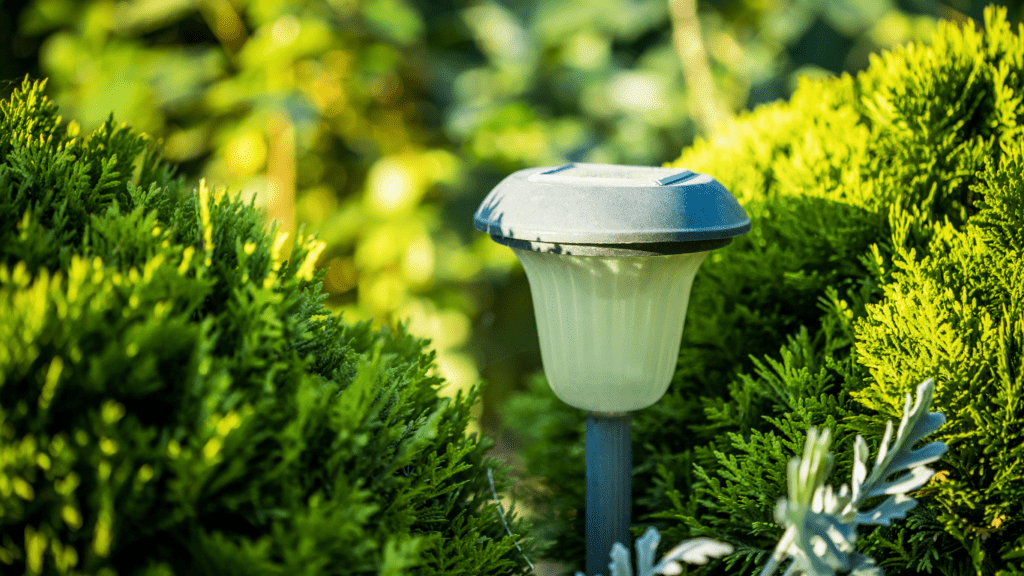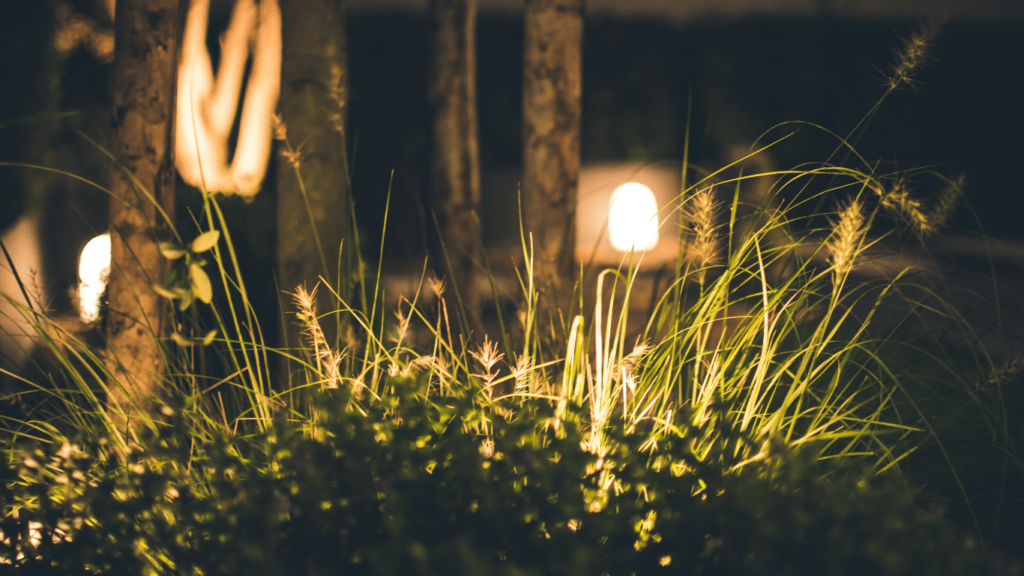Looking to enhance your indoor gardening experience? I’ve got just the solution for you – energy-efficient LED grow lights! These innovative lighting systems are revolutionizing the way we cultivate plants indoors. With their low energy consumption and customizable spectrum options, LED grow lights are a game-changer for plant enthusiasts and professionals alike.
The Importance of LED Grow Lights for Indoor Gardening
When considering indoor gardening, the choice of lighting plays a crucial role in plant growth and development. In this section, I’ll delve into the significance of LED grow lights and why they are essential for cultivating plants indoors effectively.
Why Energy Efficiency Matters
Energy efficiency is a vital aspect to consider when selecting grow lights for indoor plants. LED grow lights are highly energy-efficient, consuming significantly less power compared to traditional lighting sources such as incandescent or fluorescent bulbs. This efficiency not only reduces electricity costs but also minimizes heat output, creating a more controlled environment for plant growth. With LED lights, I can maximize the light intensity for my indoor garden while minimizing energy consumption, ultimately benefiting both my plants and my pocket.
Comparing LED with Other Light Sources
When comparing LED grow lights with other light sources commonly used for indoor gardening, such as HPS (High-Pressure Sodium) or MH (Metal Halide) lamps, the advantages of LEDs become evident. LED lights have a longer lifespan, lasting up to 50,000 hours, which reduces the need for frequent replacement and maintenance. Additionally, LEDs can be tailored to emit specific wavelengths of light that are optimal for plant growth, providing a customizable lighting solution for different stages of plant development. The energy efficiency, longevity, and spectrum customization of LED grow lights make them a superior choice for indoor gardening enthusiasts like myself.
Key Features of Energy-Efficient LED Grow Lights
When it comes to energy-efficient LED grow lights, two key features play a crucial role in ensuring optimal plant growth: spectral output and light intensity.
Spectral Output for Plant Growth
LED grow lights offer a customizable spectrum tailored to different stages of plant growth. They provide specific wavelengths of light that plants need for photosynthesis, resulting in healthier and more robust growth. By emitting light in the blue and red spectrum, LED lights optimize plant growth, flowering, and fruiting phases efficiently.
Light Intensity and Coverage
LED grow lights come in varying intensities to cater to different plant species and growth stages. The intensity of light emitted influences photosynthesis and overall plant development. Additionally, LED lights can cover specific areas effectively, ensuring that plants receive adequate light for uniform growth. Their ability to provide focused light minimizes energy wastage and maximizes plant absorption for better results.
Choosing the Right LED Grow Light for Your Indoor Garden
When selecting an LED grow light for your indoor garden, several factors should be considered to ensure optimal plant growth and energy efficiency. Here are some key aspects to keep in mind:
Factors to Consider
- Light Spectrum: Different plants require specific light spectrums for various growth stages. Look for LED lights that offer customizable spectrum options to cater to your plants’ needs throughout their lifecycle.
- Light Intensity: Ensuring the appropriate light intensity is crucial for plant photosynthesis. Select LED grow lights with adjustable intensity settings to accommodate different plant species and growth phases effectively.
- Energy Efficiency: Opt for energy-efficient LED grow lights to reduce electricity costs while providing adequate lighting for your indoor garden. Look for lights with high PAR (Photosynthetic Active Radiation) output to maximize plant growth.
- Coverage Area: Consider the size of your indoor garden and choose LED grow lights that can adequately cover the entire plant area. Proper light distribution across all plants is essential for uniform growth.
- MARS HYDRO: Known for its high-quality LED grow lights, MARS HYDRO offers a range of models suitable for various indoor gardening setups. Their lights are designed to provide optimal spectrum and intensity for plant growth.
- Spider Farmer: Spider Farmer LED grow lights are popular for their efficiency and durability. These lights ensure uniform light distribution and come in different sizes to suit different garden layouts.
- VIPARSPECTRA: VIPARSPECTRA LED grow lights are well-regarded for their energy efficiency and effectiveness in promoting plant growth. They offer a wide range of models to accommodate different garden sizes and plant requirements.
When choosing an LED grow light for your indoor garden, consider these factors and explore reputable brands like MARS HYDRO, Spider Farmer, and VIPARSPECTRA to find the best fit for your plants’ needs.
Tips for Using LED Grow Lights Effectively
Placement and Timing
In setting up LED grow lights for indoor gardens, it’s vital to consider the placement and timing for optimal plant growth. Place the lights at an appropriate distance from the plant canopy to prevent light burn while ensuring adequate coverage. Adjust the timing of the lights based on the specific light requirements of the plants at different growth stages.
Maintenance and Care
To maximize the lifespan and efficiency of LED grow lights, regular maintenance and care are essential. Clean the lights and the surrounding area regularly to avoid dust buildup that can reduce light penetration. Check for any signs of wear and tear and replace any faulty components promptly to maintain consistent light output for healthy plant growth.

 Joseph Hood is an integral part of the project team, specializing in renewable energy and sustainable technology. His expertise in solar energy systems and energy efficiency plays a crucial role in shaping the project's goals and initiatives. Joseph actively collaborates with fellow team members to explore innovative solutions for reducing carbon footprints and promoting cleaner energy sources. His enthusiasm for public education ensures that community members are informed about the benefits of renewable energy, reinforcing the project's mission to create a more sustainable future.
Joseph Hood is an integral part of the project team, specializing in renewable energy and sustainable technology. His expertise in solar energy systems and energy efficiency plays a crucial role in shaping the project's goals and initiatives. Joseph actively collaborates with fellow team members to explore innovative solutions for reducing carbon footprints and promoting cleaner energy sources. His enthusiasm for public education ensures that community members are informed about the benefits of renewable energy, reinforcing the project's mission to create a more sustainable future.